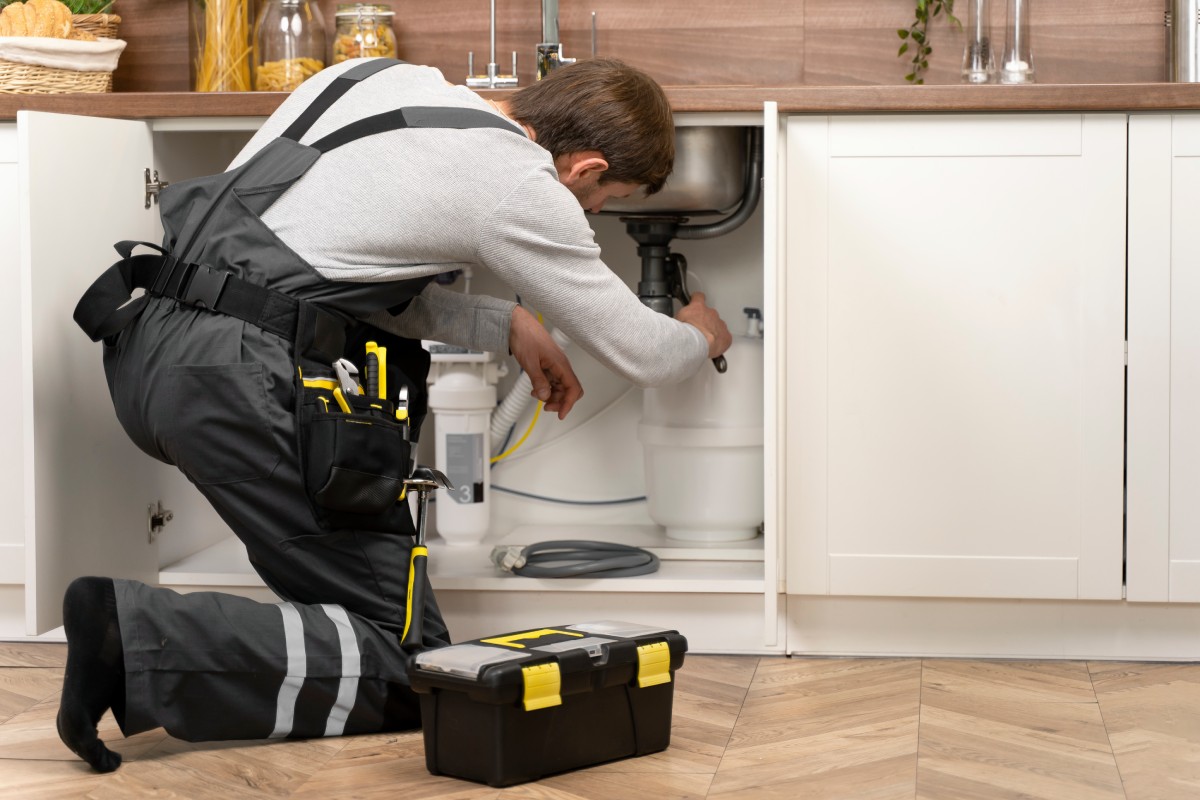
Everything You Need to Know About Melbourne Kitchen Plumbing

In any Melbourne kitchen—whether it’s a slick city apartment or a cozy weatherboard in the suburbs—plumbing is what keeps things ticking. It’s the reason your kettle fills, your dishwasher hums, and your sink doesn’t become a swamp. Behind every morning coffee and midnight snack is a network of pipes and fittings working quietly in the background. Good plumbing isn’t just handy; it’s essential for comfort, hygiene, and keeping your kitchen chaos-free.
How Kitchen Plumbing Works
At the core of kitchen plumbing are three elements: water supply lines, waste drainage systems, and fixture connections. Clean water flows in through pressure-regulated pipes, feeding your taps, dishwasher, fridge, and sometimes that fancy boiling-water-on-demand unit. Wastewater exits via gravity-fed drainage, carrying off grease, food scraps, and the sins of last night’s dinner party.
In homes, things tend to be simple. One or two sinks, a dishwasher, maybe a fridge with a water line. In commercial kitchens, it’s a whole different ball game: multiple prep stations, grease traps, commercial dishwashers, and strict water safety backflow protocols. It all has to work in synchrony.
Residential vs. Commercial Kitchen Plumbing
Think of it like comparing a bicycle to a freight train. Residential kitchen plumbing in Melbourne is straightforward—lower volume, standard fixtures, fewer regulations. Commercial kitchens, on the other hand, need to handle higher water demand, stricter hygiene standards, and more complex layouts. Plus, they must comply with Melbourne’s commercial kitchen plumbing codes and health regulations.
Common Kitchen Plumbing Issues in Melbourne
Melbourne’s kitchen plumbing comes with its own set of quirks. Clogged drains from coffee grounds and cooking oils are a regular villain. Leaky taps, reduced water pressure, and ageing pipes (especially in heritage homes) also top the list. In older suburbs like Brunswick or Carlton, corroded copper or outdated pipework can throw a spanner in the works—literally. Even newer developments aren’t immune, with poorly installed fittings causing more drama.
When to Call a Licensed Plumber
If your sink’s slow-draining despite your heroic efforts with a plunger, or if a weird smell is lurking beneath the cabinetry, it’s time to bring in the big guns. Persistent blockages, mouldy odours, or visible water stains are all signs something sinister is happening behind the splashback. That’s where ProWater Plumbing steps in—swift, certified, and armed with the tools to sort it properly the first time.
Kitchen Plumbing Cost: What to Expect
So, what does kitchen plumbing cost? Installing a new sink might set you back $200–$500, while repairing a leaky pipe could range from $150–$350 depending on access and severity. For commercial setups, expect higher figures—especially if grease traps, compliance reports, or out-of-hours work are involved. Emergency callouts, water damage repairs, or dealing with ancient infrastructure? Prices can climb fast. The bottom line: quality plumbing is an investment that pays off in peace of mind.
Looking for a Kitchen Plumber in Melbourne?
From stubborn leaks to full kitchen fit-outs, functional plumbing keeps your space running smoothly. Stay ahead of common issues, know when to call for help, and keep your kitchen humming. Ready for expert advice or urgent repairs? Contact ProWater Plumbing today.
